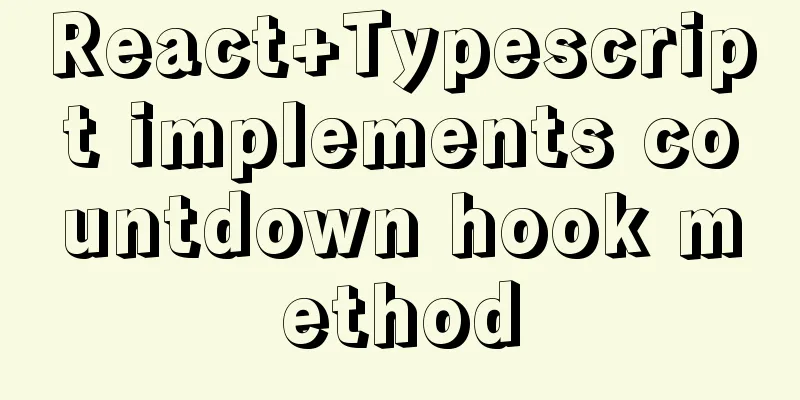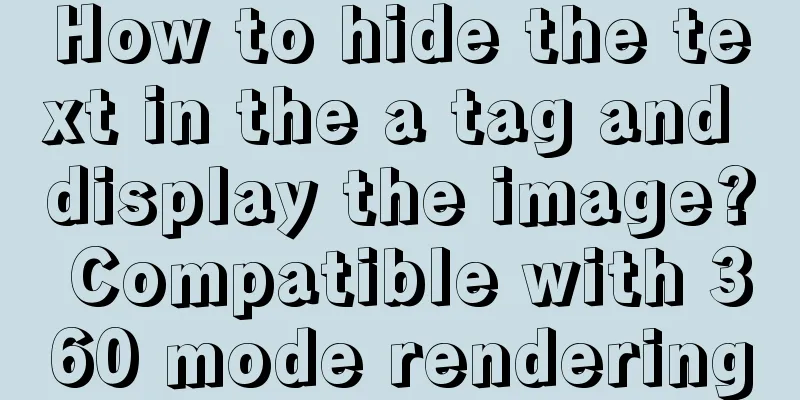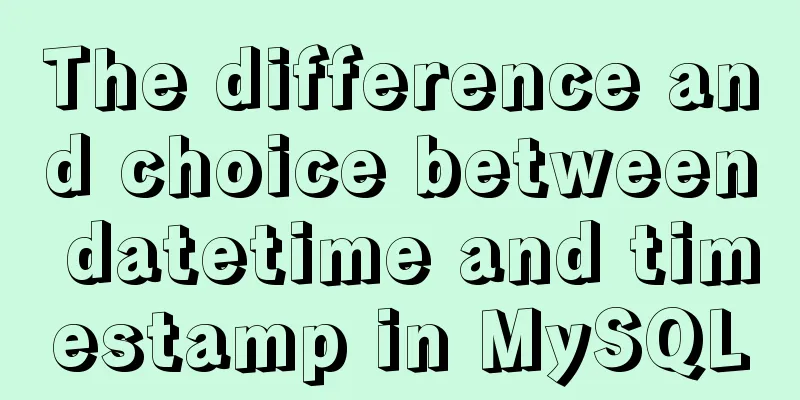Perfect solution to Google Chrome autofill problem

|
In Google Chrome, after successful login, Google Chrome will prompt whether to remember the password. If you choose to remember the password, the following will appear when you log in again:
If the product requirement is that you do not want the browser to automatically fill in the account and password, how can you remove it? The first thing that comes to mind is to set the input tag attribute autocomplete="off", which does not work. Then I tried setting css input:-webkit-autofill, setting the background color to transparent and setting the corresponding font color, but it was still unsatisfactory. Then, according to a method provided on the Internet, add an additional fake input element, which is initially visible. After the document is loaded, use setTimeout to hide the fake input. The time set by setTimeout is 1ms. I don't know if the way I implemented it is wrong or what, it still doesn't work 3. Then a thought suddenly popped up in my mind: if the input box does not exist when the document is initialized, and then is injected into the document node after the document is loaded successfully, will the browser not automatically fill it in? As expected, the input box will no longer be filled, and it's done, hahahaha Since the project is based on Vue, the late insertion of elements is relatively simple to implement. The code is as follows:
<template>
<div>
<input v-if="isShow" type="text">
</div>
</template>
<script>
export default {
data(){
return {
isShow:false
}
},
mounted(){
setTimeout(()=>{
this.isShow = true;
},1)
}
}
</script>This is the end of this article on how to perfectly solve the Google Chrome auto-fill problem. For more relevant Google Chrome auto-fill content, please search for previous articles on 123WORDPRESS.COM or continue to browse the related articles below. I hope you will support 123WORDPRESS.COM in the future! |
<<: A very detailed tutorial on installing rocketmq under Docker Desktop
>>: Introduction to local components in Vue
Recommend
The process of installing Docker in Linux system
In this blog, I will walk you through the process...
mysql 8.0.19 win10 quick installation tutorial
This tutorial shares the installation tutorial of...
Use of js optional chaining operator
Preface The optional chaining operator (?.) allow...
Example code of html formatting json
Without further ado, I will post the code for you...
Demystifying the HTML 5 Working Draft
The World Wide Web Consortium (W3C) has released a...
Advantages and disadvantages of conditional comments in IE
IE's conditional comments are a proprietary (...
Explanation of MySQL index types Normal, Unique and Full Text
MySQL's index types include normal index, uni...
How to find websites with SQL injection (must read)
Method 1: Use Google advanced search, for example...
Autotrash tool for Linux to automatically delete old junk files at a scheduled time
Autotrash is a command line program that automate...
Summary and practice of javascript prototype chain diagram
Table of contents Prototype chain We can implemen...
Explanation of MySQL's horizontal and vertical table partitioning
In my previous article, I said that the optimizat...
WeChat applet development practical skills: data transmission and storage
Combining the various problems I encountered in m...
WeChat applet calculator example
WeChat applet calculator example, for your refere...
Summary of four ways to introduce CSS (sharing)
1. Inline reference: used directly on the label, ...
How to build a drag and drop plugin using vue custom directives
We all know the drag-and-drop feature of HTML5, w...










